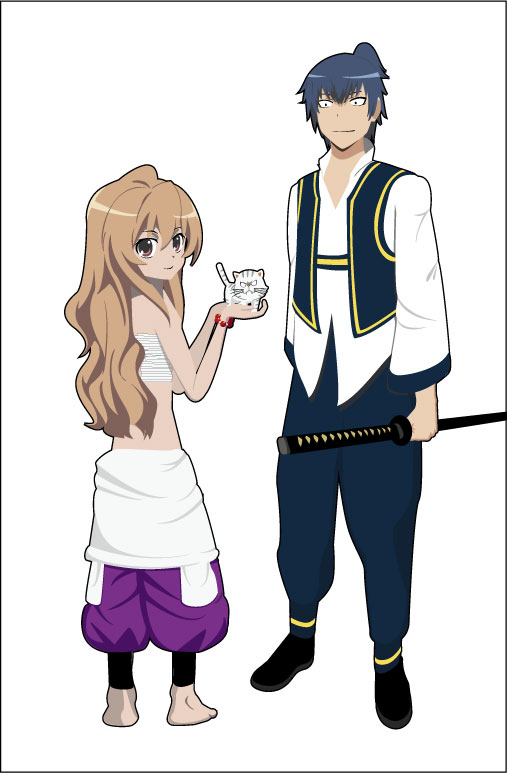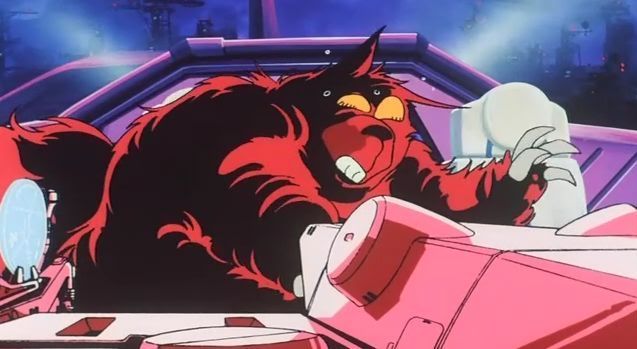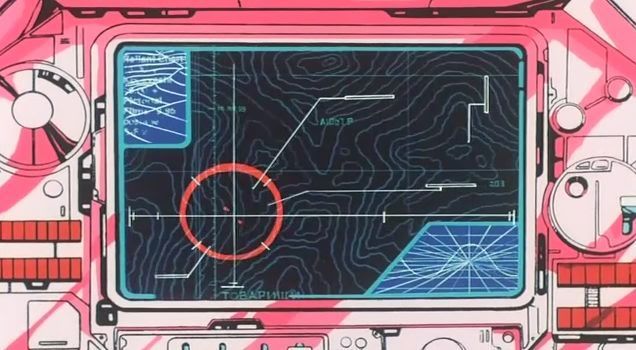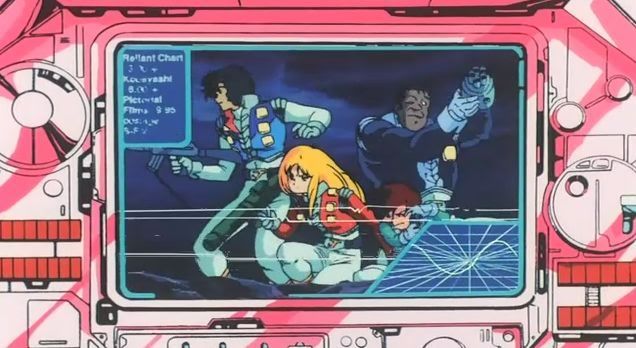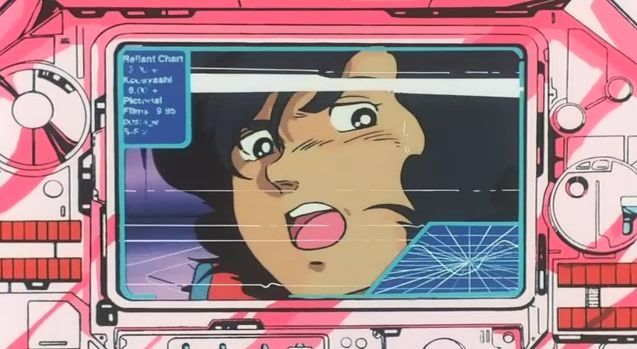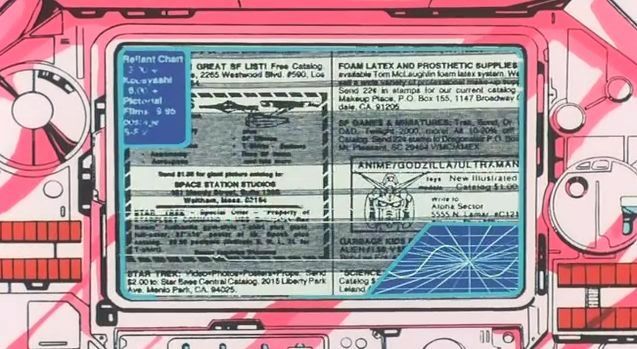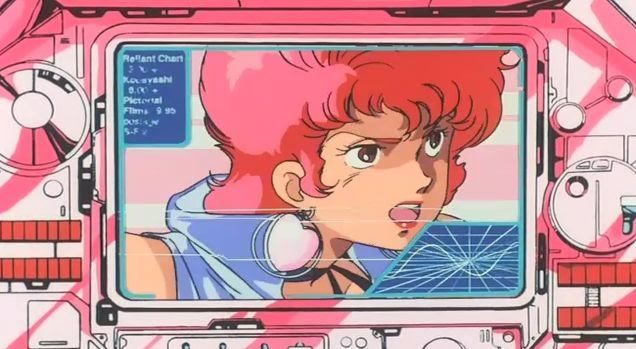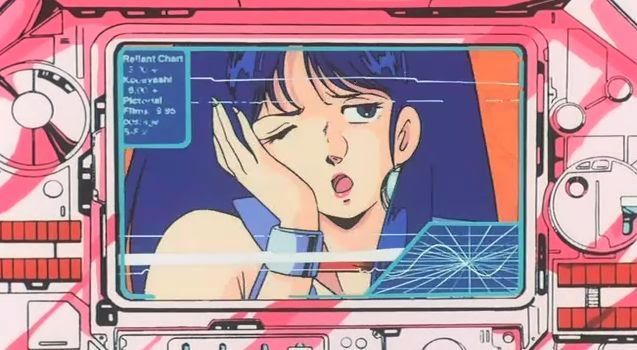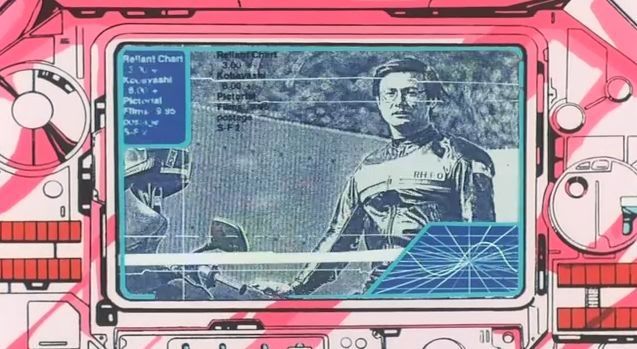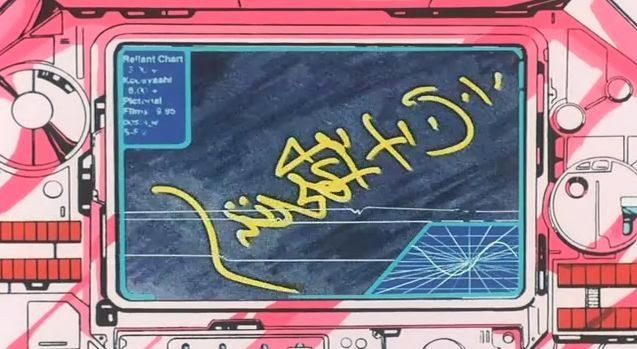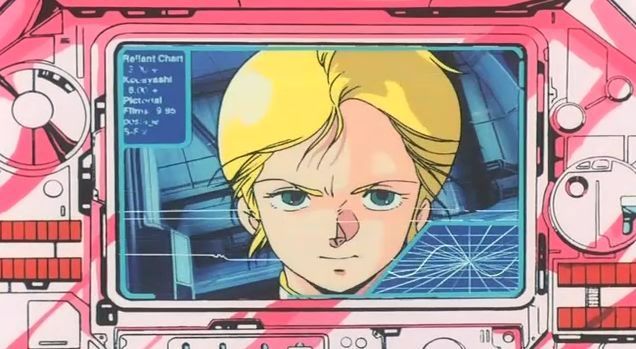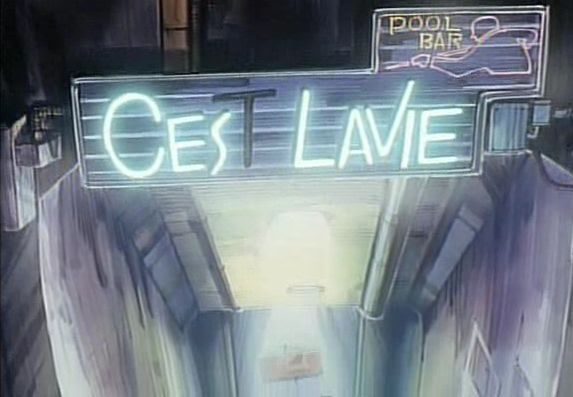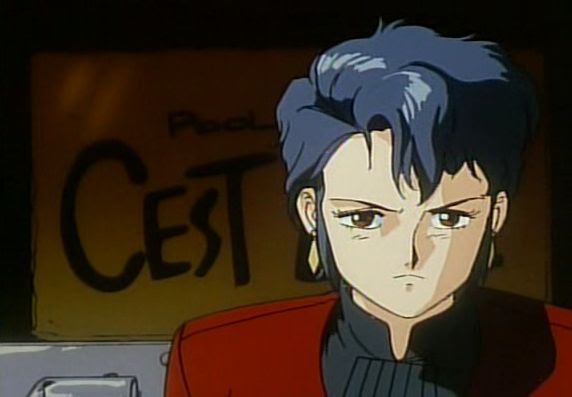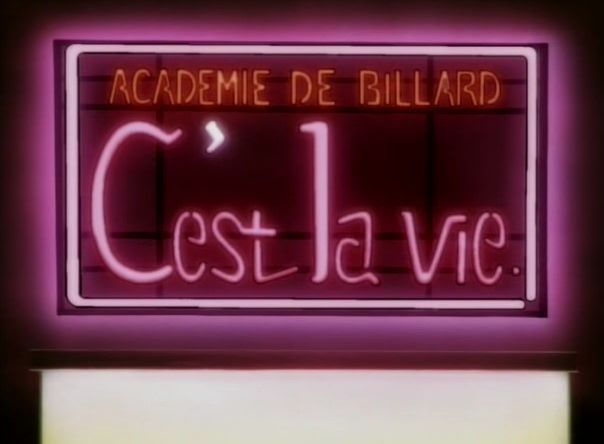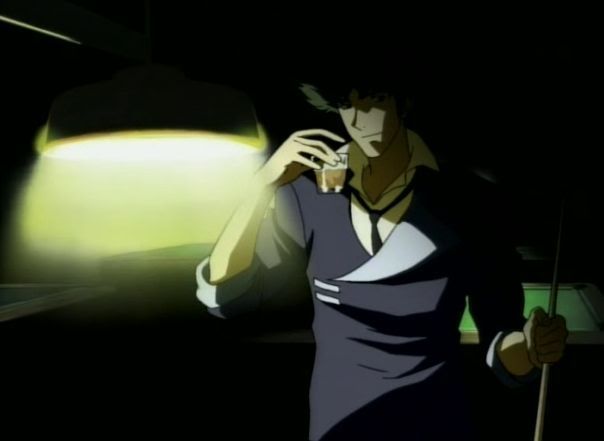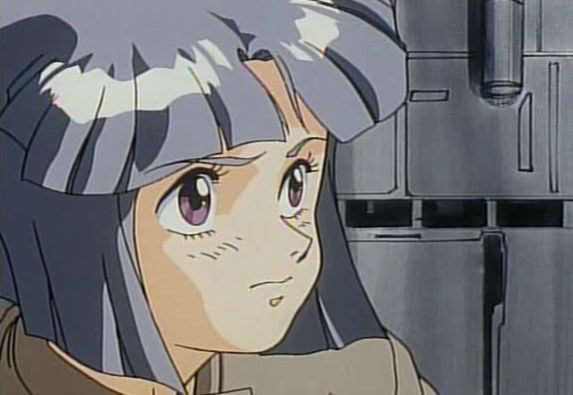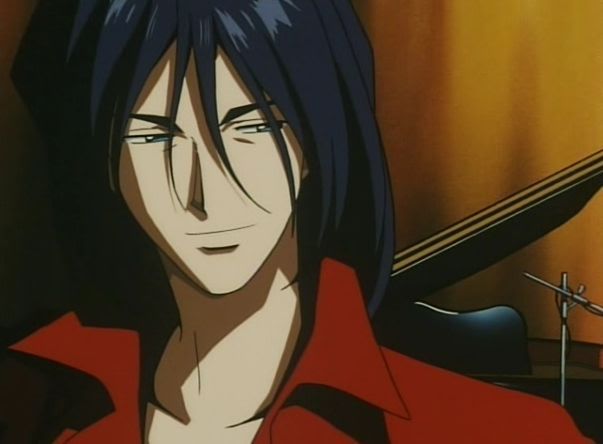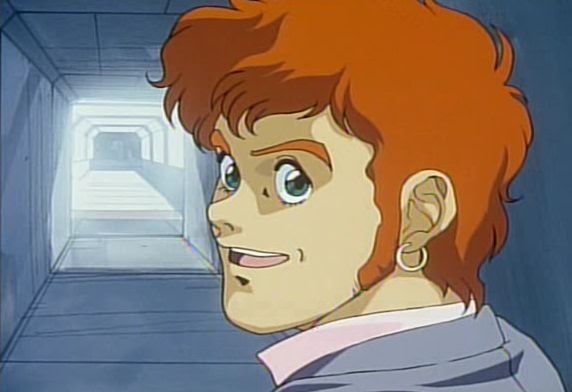Finally got some time to travel around. Consequently this sedate blog will once again freeze for indefinite time once again. Last time it hibernated for 3 years. Just so that the two or three persons who check to see if I update have something to do, I'm posting the Japanese animations from 2009 I relished.

Years ago, a guy asked a female friend of mine, Jessica, if I was seeing anyone. She confidently told him that I was straight. After telling me about it, I haven't questioned my masculinity ever since. However, when it comes to romance in anime and manga, I prefer stories directed to women. Male-oriented anime of this genre tends to be drenched in "fanservice". From Wikipedia: Fanservice explicitly refers to material that is designed to amuse or excite the audience with sexually-derived content. The tendency of sacrifing plot for the sake of gratuitous content drove me away from romance for men. In contrast, love stories directed towards women usually are more realistic, metaphorical, subtle, and introspective. Thinking about it, maybe existentialism made me gay.
Aoi Hana (Sweet Blue Flowers) is an eleven episode TV series directed by Kenichi Kasai and produced by J.C. Staff. Together, Kasai and J.C. Staff can be linked to extremely popular animated TV romances like Honey and Clover, Kare Kano, and Nodame Cantabille.
Plot summary from ANN: Fumi Manjoume, an introverted, bookish teenage girl, is beginning her first year of high school at Matsuoka Girls' High School. She enters the school year with her heart broken by a previous relationship. At about the same time, she reconnects with her best friend from ten years ago, Akira Okudaira, who is now attending Fujigatani Girls' Academy as a first-year high school student. As they reconnect, they both deal with their own respective romantic problems, and help each other get through them.
Both friends attend girls only school, meaning that the affairs occur between girls. Lesbianism is usually used just as bait to attract the audience due to curiousness, but in this case it is done with lots of finesse. The focus isn't on the fact that there are homosexual relationships. This is just the story of people falling in love.
Exceptionally elegant, Aoi Hana has a very gentle pacing. Beautiful water-colorish backgrounds and impressively discreet and clever use of CG. Definitely a good pick if you enjoyed Emma: A Victorian Romance. Although the manga proceeds the story, the TV show gracefully concludes itself.
I'm uncertain if Jessica would assuredly confirm my virility today or if existentialism actually distorted my tastes toward a girlish spectrum, but I'm sure that Aoi Hana will delight anyone seeking for serious romantic drama independent of sexual preferences.
 Two other great titles from 2009 that are still being aired are Cross Game and Kimi ni Todoke.
Two other great titles from 2009 that are still being aired are Cross Game and Kimi ni Todoke.Cross Game is a baseball TV series adapted from the manga of a famous Japanese author called Mitsuru Adachi. He is probably best known for being the author of the manga タッチ (Touch). A recent poll in Japan asked the question: "What manga made you cry?" and Touch attained 3rd place. The 1985 TV series, which I previously made a post about, retains the 7th highest average TV viewership of an animation in the country.
His new show tells the story of Koh Kitamura and Aoba Tsukishima. The death of young Wakaba, Aoba's sister and very close friend of Koh, devastates both. Besides memories, Wakaba leaves the dream of seeing Koh pitching at the legendary Koshien Stadium, site of the national high school championship finals. What is really interesting in this show is that it's not just the campaign of the team as it tries to reach the finals, it's the personal struggle of Aoba, a girl in the boys' realm of baseball. Prodigious at the sport, she can't participate in official games as she begins high school due to national tournament regulations.
The visuals and animation may be very simple, but what impressed me the most in this series is the concern of continually starting and concluding smaller stories within the plot while keeping a continuous narrative. It may sound simple and commonplace, but it's remarkable how natural this particular story flows and how rewarding most episodes are.
 While I've seen 30 episodes of Cross Game, I only watched 3 episodes of Kimi ni Todoke. Regardless, it is a safe bet that this show will be one of the best of this year. Like Aoi Hana, this is also an adaptation of a manga directed to the female crowd. The protagonist is straight though. Her name is Kuronuma Sawako. She is nicknamed Sadako due to her resemblance to the girl from the Japanese horror movies The Ring. Shunned by her classmates, her life starts to change as she befriends Shouta Kazehaya, a very popular boy in her class.
While I've seen 30 episodes of Cross Game, I only watched 3 episodes of Kimi ni Todoke. Regardless, it is a safe bet that this show will be one of the best of this year. Like Aoi Hana, this is also an adaptation of a manga directed to the female crowd. The protagonist is straight though. Her name is Kuronuma Sawako. She is nicknamed Sadako due to her resemblance to the girl from the Japanese horror movies The Ring. Shunned by her classmates, her life starts to change as she befriends Shouta Kazehaya, a very popular boy in her class.Nothing revolutionary plot-wise. It's a romantic drama about teenagers who act as teenagers. Maybe it's the abundance of male oriented anime that makes KnT so refreshing. From what I saw until now, I can safely say that it is as good as Kare Kano and Bokura ga Ita. Besides having a great cast of characters, I must point out the charming colorful visuals. The studio behind this title is the prestigious Production I.G which is probably best known for the Ghost in the Shell movie, the Ghost in the Shell: Stand Alone Complex TV series, and the animated part in the Kill Bill movie. I'll end this enormous post with the opening just so you can understand what I'm talking about.






















